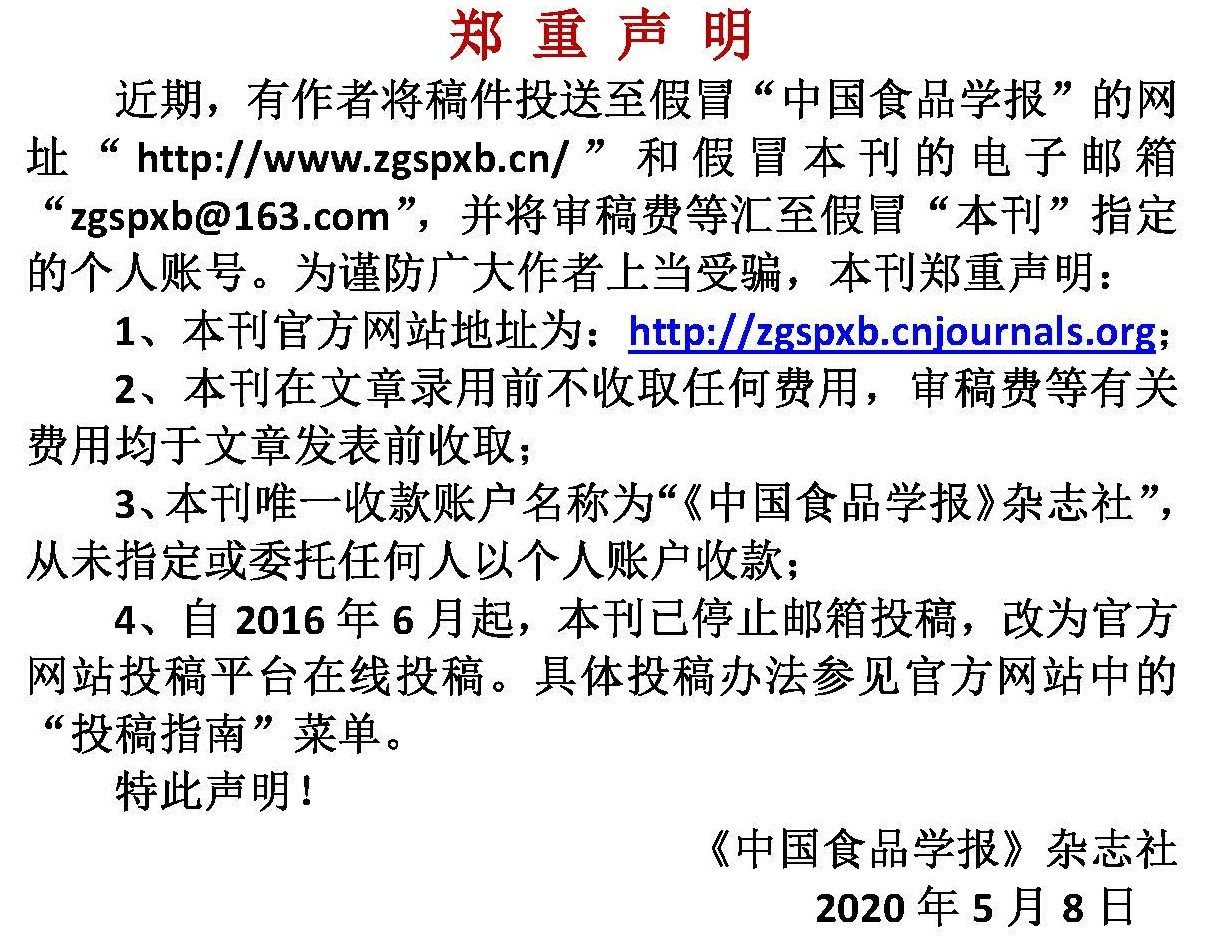不同质量酱香型白酒的挥发性物质差异分析
作者:
作者单位:
(贵州大学酿酒与食品工程学院 贵阳 550025)
作者简介:
张晓婕(1997—),女,硕士生
基金项目:
贵州省科技计划项目(黔科合平台人才[2018]5251,黔科合支撑[2019]2369号)
Difference Analysis of Volatile Matter in Different Quality Maotai-Flavor Liquor
Author:
Affiliation:
(College of Brewing and Food Engineering, Guizhou University, Guiyang 550025)
引用本文
张晓婕,邱树毅,王晓丹,曾庆军,何欢,周鸿翔.不同质量酱香型白酒的挥发性物质差异分析[J].中国食品学报,2022,22(10):340-351
复制分享
文章指标
- 点击次数:
- 下载次数:
- HTML阅读次数:
历史
- 收稿日期:2021-10-07
- 在线发布日期: 2022-11-24
文章二维码

版权所有 :《中国食品学报》杂志社 京ICP备09084417号-4
地址 :北京市海淀区阜成路北三街8号9层 邮政编码 :100048
电话 :010-65223596 65265375 电子邮箱 :chinaspxb@vip.163.com
技术支持:北京勤云科技发展有限公司
地址 :北京市海淀区阜成路北三街8号9层 邮政编码 :100048
电话 :010-65223596 65265375 电子邮箱 :chinaspxb@vip.163.com
技术支持:北京勤云科技发展有限公司
请使用 Firefox、Chrome、IE10、IE11、360极速模式、搜狗极速模式、QQ极速模式等浏览器,其他浏览器不建议使用!
